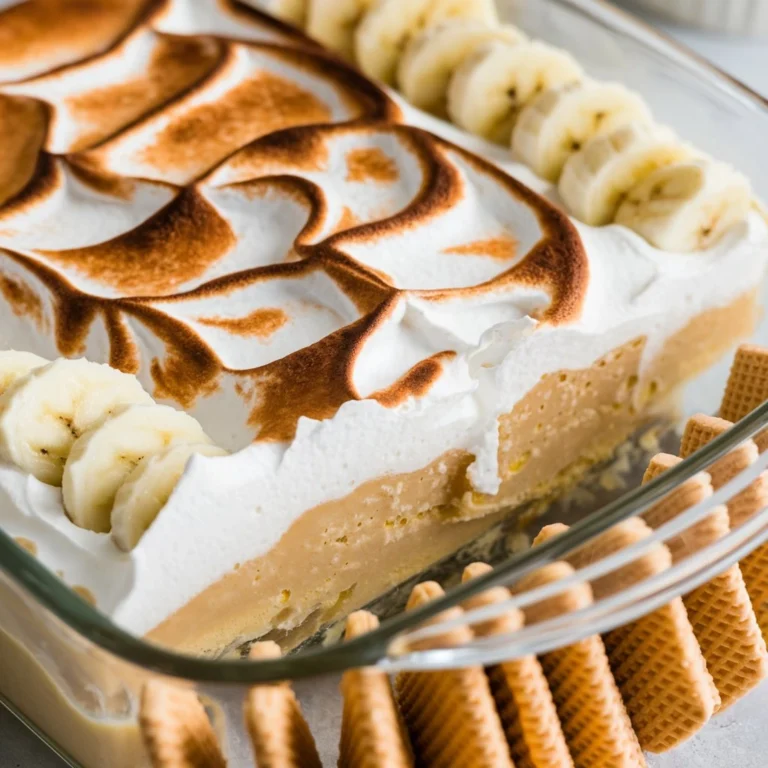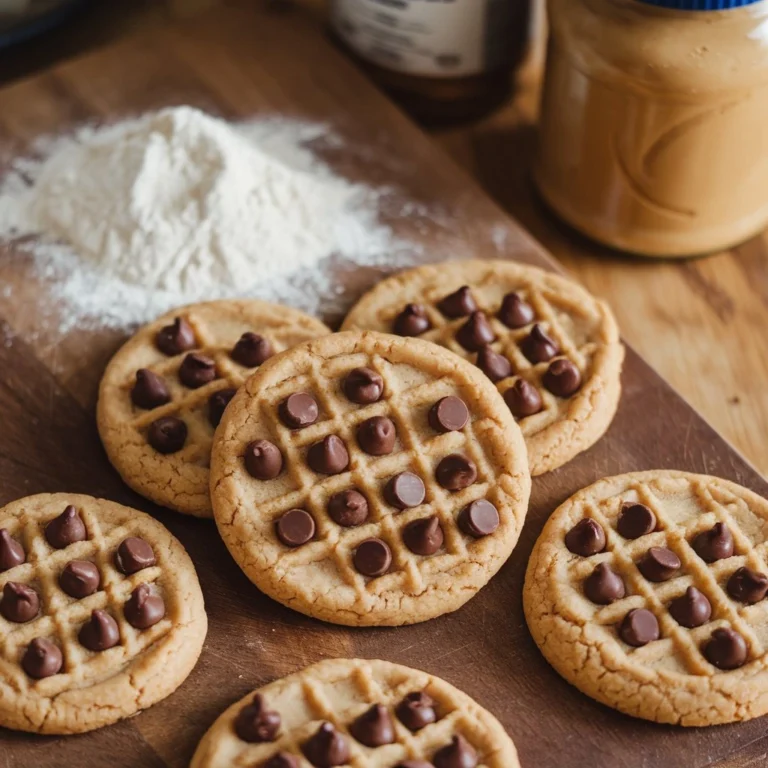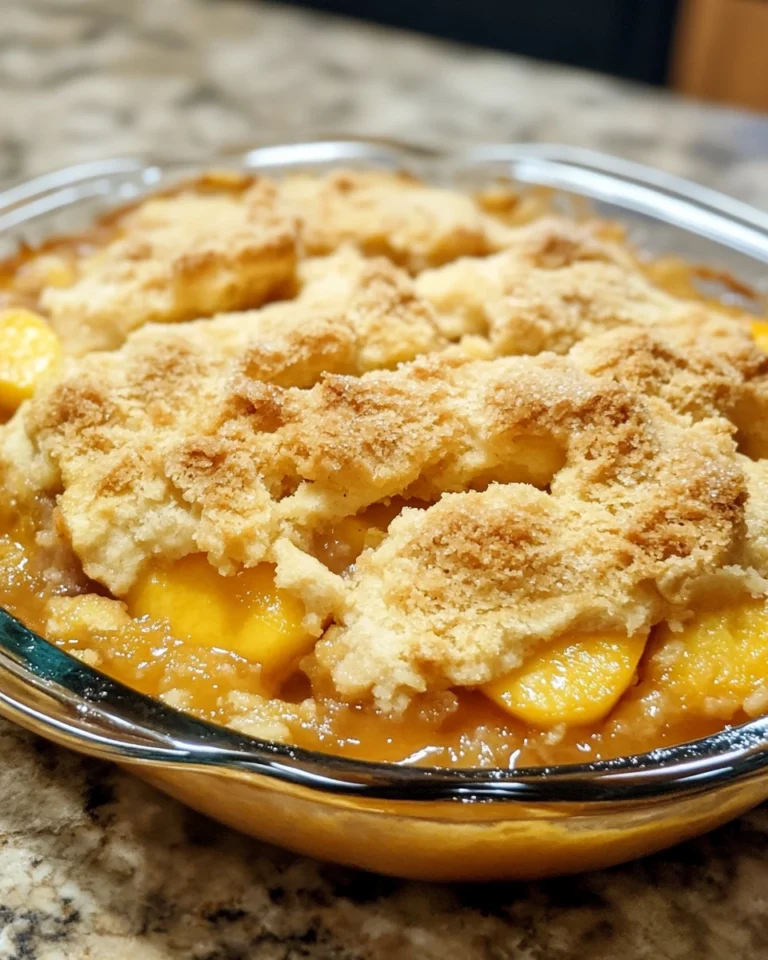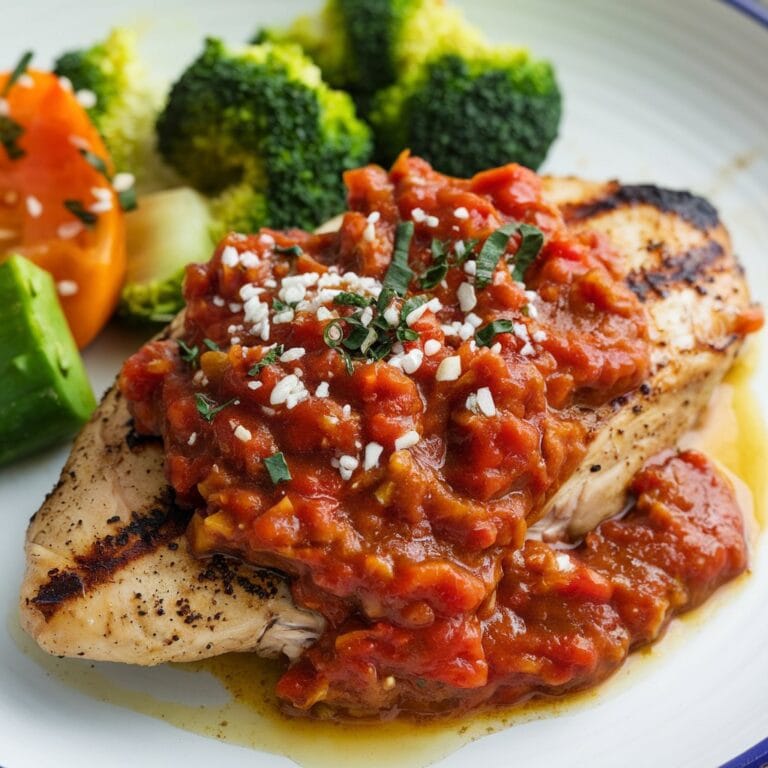Why Are My 3 Ingredient Peanut Butter Cookies Falling Apart?
Why Are My 3 Ingredient Peanut Butter Cookies Falling Apart?
3 Ingredient Peanut Butter Cookies have gained a reputation for being one of the easiest cookies to bake. With only three simple ingredients — peanut butter, sugar, and egg — they seem almost foolproof. However, many bakers, especially beginners, encounter the frustrating problem of their 3 ingredient peanut butter cookies falling apart. The cookies might crumble as soon as they are removed from the oven, or they may break easily when being handled.
In this comprehensive article, we’ll explore every reason why your 3 ingredient peanut butter cookies are falling apart. We’ll discuss how ingredient ratios, baking time, and peanut butter type affect the outcome, as well as explore solutions, troubleshooting tips, and even ways to enhance the flavor and texture of your cookies.
Common Causes of 3 Ingredient Peanut Butter Cookies Falling Apart
Let’s begin by understanding the most common reasons why your 3 ingredient peanut butter cookies fall apart. While this recipe is incredibly simple, these basic ingredients still have to work together in harmony. Any imbalance in these components can lead to dry, crumbly cookies that don’t hold their shape.
1. Overbaking Peanut Butter Cookies and Why It Causes Crumbling
Overbaking is perhaps the number one reason for 3 ingredient peanut butter cookies falling apart. When cookies are baked too long, the moisture evaporates, and they dry out. This causes them to become brittle and prone to breaking. Many bakers believe they should bake their cookies until they look fully baked in the oven, but this can lead to an overdone cookie, especially with minimal-ingredient recipes like this one.
2. Incorrect Ratios in 3 Ingredient Peanut Butter Cookies Leading to Crumbling
While 3 ingredient peanut butter cookies are known for their simplicity, this also means there is less room for error when it comes to ingredient ratios. Using too much or too little of any ingredient can disrupt the balance and affect the structure of the cookies.
- Too Much Sugar: If you add too much sugar, the cookies can become overly dry and fragile. Sugar draws out moisture from the dough, so an excess amount will result in crumbly cookies.
- Too Little Egg: The egg in this recipe acts as a binding agent. Without enough egg, the ingredients won’t hold together properly, and the cookies will fall apart.
- Too Much Peanut Butter: Peanut butter gives the cookies their rich flavor and chewy texture, but using too much can result in greasy, oily dough. The cookies may spread too much during baking and won’t hold their shape.
- Solution: It’s critical to use the correct ratios of peanut butter, sugar, and egg. A typical recipe might call for 1 cup of peanut butter, 1 cup of sugar, and 1 egg. If you find the dough too dry, you can try adding a splash of milk or water to moisten it slightly, but always start with the basic ratios.
Read more about the perfect ratio for baking in the ultimate guide to peanut butter cookies.
3. Choosing the Right 3 ingredient peanut butter cookies falling apart to Prevent Crumbling
Not all peanut butter is created equal when it comes to baking. Many bakers don’t realize that the type of peanut butter they use can greatly affect the texture of their cookies. Natural peanut butter, which contains fewer additives and stabilizers, can behave differently compared to processed peanut butter brands.
- Natural Peanut Butter: This type of peanut butter has less sugar and more natural oils, which can cause the dough to become either too dry or too oily. The oil in natural peanut butter tends to separate from the peanut solids, which can lead to uneven distribution in the dough if not mixed thoroughly.
- Processed Peanut Butter: Processed peanut butter cookies falling apart, like the popular Jif or Skippy brands, contains stabilizers that help maintain a smooth, consistent texture. This type of peanut butter cookies falling apart butter is ideal for baking because it produces a more predictable outcome.
- Solution: If you prefer using natural peanut butter, ensure that you stir it very well before adding it to the recipe to distribute the oils evenly. Otherwise, it’s best to stick to processed peanut butter to avoid these issues altogether. Learn more about peanut butter varieties in this basic peanut butter cookie ingredients guide.
How to Fix 3 Ingredient Peanut Butter Cookies That Are Falling Apart
Now that we’ve explored the common causes of crumbling cookies, let’s look at practical solutions for preventing your cookies from falling apart. Small adjustments to your baking technique, ingredient handling, and even post-baking care can make a huge difference.
Tips for Adjusting Baking Time to Avoid Crumbling Peanut Butter Cookies
As mentioned earlier, overbaking is a frequent culprit when it comes to peanut butter cookies falling . Reducing your baking time, even by a minute or two, can help retain moisture in the cookies and make them more likely to hold together.
- Tip: Remove your cookies from the oven just as the edges start to turn golden and the centers are still slightly soft. Don’t worry if they look a bit underbaked— they will firm up as they cool on the tray. Leaving them to cool on the tray for 5-10 minutes allows the cookies to set properly without the risk of breaking when transferred to a cooling rack.
The Best Peanut Butter to Use for 3 Ingredient Peanut Butter Cookies That Won’t Crumble
Since the type of peanut butter cookies falling you use can significantly affect your cookie’s texture, make sure to choose the right kind. Processed peanut butter, with its added stabilizers, gives the most consistent result.
- Tip: Stick with brands like Jif or Skippy for the best results. If you’re using natural peanut butter, be sure to stir it thoroughly to incorporate the oil that naturally separates.
Best Techniques for 3 Ingredient Peanut Butter Cookies
Rolling and Baking Dough
How you handle your dough can be another crucial factor in whether or not your peanut butter cookies hold together. Here are a few essential techniques to help you manage your dough like a pro.
Proper Dough Handling 3 Ingredient Peanut Butter Cookies
One of the biggest mistakes when handling cookie dough is overworking it. Overworking the dough causes gluten formation (even in gluten-free cookies), making the dough tougher and more prone to drying out.
- Tip: Handle the dough as little as possible, and try not to knead or roll it excessively. When rolling dough into balls, do so gently to avoid cracks. If the dough feels too dry, add a small splash of milk or water to bring back some moisture.
Rolling the Dough Evenly Peanut Butter Cookies
Rolling the dough evenly is key to ensuring uniform baking. If the cookies are rolled too thin, they will bake faster and are more likely to dry out. If rolled too thick, they might underbake or crack.
- Tip: Roll the dough into evenly sized balls and press them down with a fork to create the classic crisscross pattern. This ensures that the cookies bake evenly throughout. If your dough seems dry or cracks while rolling, don’t hesitate to add a little moisture to help it bind better.
Resting the Dough Before Baking
Allowing your dough to rest before baking can greatly improve the final texture. This simple step gives the ingredients time to fully combine and allows the peanut butter and sugar to meld, resulting in cookies that are less likely to fall apart.
- Tip: Let your dough rest for at least 10-15 minutes before shaping the cookies. If possible, chilling the dough in the fridge for 30 minutes can further help the cookies hold their shape during baking.
Adding Extra Ingredients Peanut Butter Cookies to Improve Flavor and Texture
Once you’ve mastered the basics of baking 3 ingredient peanut butter cookies, you may want to experiment with extra ingredients to enhance the flavor and texture of your cookies. While the classic recipe is delicious, there are many ways to take your cookies to the next level.
1. Adding Vanilla Extract
Vanilla extract is a popular addition to cookie recipes because it enhances sweetness and adds depth to the flavor profile. Even just a teaspoon of vanilla extract can make your cookies taste richer and more complex.
- Tip: Add 1 teaspoon of vanilla extract to your dough when mixing the ingredients. This won’t affect the texture of the cookies but will elevate their flavor.
2. Using Brown Sugar
Another great way to improve the texture of your peanut butter cookies is by using brown sugar instead of white sugar. Brown sugar contains molasses, which adds moisture to the dough, resulting in softer, chewier cookies.
- Tip: Replace the white sugar with an equal amount of brown sugar for a deeper, richer flavor and softer texture.
3. Adding Chocolate Chips or Nuts
For an extra touch of indulgence, consider adding chocolate chips, chopped nuts, or even dried fruit to your cookies. These additions not only enhance the flavor but also help with moisture retention, making your cookies less likely to crumble.
- Tip: Fold in ½ cup of chocolate chips, chopped nuts, or dried fruit into the dough before rolling it into balls.
4. Using Peanut Butter Alternatives
If you or someone you’re baking for has a peanut allergy or if you simply want to try something different, you can substitute peanut butter with other nut butters like almond butter or cashew butter. These alternatives provide a similar texture and flavor but with a unique twist.
- Solution: When using other nut butters, ensure you follow the same ratios as in the original recipe. Some nut butters may require slight adjustments in baking time, but the result will still be delicious. For more insights, see this guide to basic peanut butter alternatives.
Addressing Common Peanut Butter Cookies Issues
Even after following all the advice above, there may still be times when your cookies don’t turn out as expected. Here are some additional common cookie issues and how to troubleshoot them.
Peanut Butter Cookies Too Dry
Dry cookies are most often the result of overbaking or a lack of moisture in the dough. If your cookies turn out dry, don’t worry! There are several ways to fix this issue.
- Solution: First, ensure that you’re baking the cookies for the right amount of time. If the dough feels too dry before baking, add a small splash of milk, water, or even an extra egg yolk to help boost moisture. Avoid adding too much liquid, as this can make the dough too sticky and difficult to work with.
Peanut Butter Cookies Too Oily
On the other hand, if your cookies are too oily, you might be using the wrong type of peanut butter or adding too much of it. Peanut butter is naturally high in fat, so an excess amount can make the dough overly greasy, leading to cookies that are too soft and prone to falling apart.
- Solution: If your dough seems too oily, try adding a tablespoon of flour or extra sugar to absorb some of the excess oil. This can help balance out the dough and improve its texture.
Frequently Asked Questions (FAQs) for Peanut Butter Cookies
1. Why Are My Peanut Butter Cookies Dry and Crumbly?
There are several reasons why peanut butter cookies might turn out dry and crumbly, including overbaking, incorrect ingredient ratios, or using the wrong type of peanut butter. To prevent this, make sure to monitor your cookies closely while baking, stick to the correct ratios, and use processed peanut butter for the most consistent results.
2. How Do I Keep My Peanut Butter Cookies Soft?
To keep your peanut butter cookies soft, avoid overbaking and consider adding brown sugar for extra moisture. Additionally, allow the cookies to cool fully on the baking tray before removing them, as this helps them firm up without becoming brittle.
3. What Is the Texture of Peanut Butter Cookies Supposed to Be?
Peanut butter cookies should be soft and chewy in the center, with slightly crispy edges. If they are too dry or crumbly, it usually indicates that they were overbaked or that the ingredient ratios were incorrect.
4. What Kind of Peanut Butter Is Best for Cookies?
Processed peanut butter is generally the best choice for 3 ingredient peanut butter cookies because it provides a smooth, consistent texture. Natural peanut butter can also be used, but make sure to stir it thoroughly to incorporate the separated oils.
5. Can I Add Other Ingredients to My Peanut Butter Cookies?
Yes! You can enhance the flavor of your peanut butter cookies by adding vanilla extract, chocolate chips, chopped nuts, or even dried fruit. These additions can also help retain moisture, making your cookies less likely to crumble.
Conclusion
Baking the perfect 3 ingredient peanut butter cookie can be a challenge, but with the right techniques, it’s definitely achievable. By paying close attention to your baking time, using the correct ingredient ratios, and choosing the right type of peanut butter, you can ensure that your cookies come out soft, chewy, and delicious — without falling apart.
For more tips and tricks on improving your peanut butter cookie recipe, check out the ultimate guide to making 4 ingredient peanut butter cookies.
By incorporating these adjustments into your baking process, you’ll soon be enjoying perfect peanut butter cookies every time!







